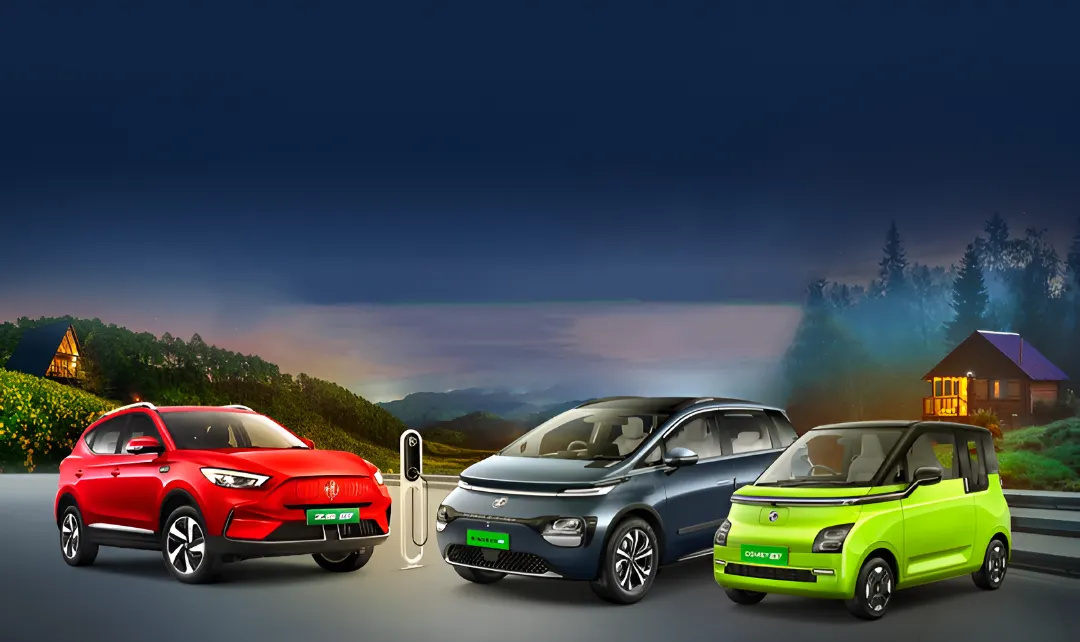The world faces horrific prospects for climate change, from melting glaciers in Antarctica to volcanic eruptions in Iceland, to recurring cloudbursts in India. Overcoming climate change and its devastating consequences requires the collective participation of countries and leaders.
India is proactively working to reduce the two key elements – its carbon footprint and greenhouse gas emissions – that contribute significantly to climate disruption. In parallel with its commitment, India, along with other countries at the COP26 conference held last year, committed to achieving zero-emission vehicles by 2040 and net zero emissions by 2070.

Among the wide range of paths India can choose to advance this noble endeavor, the country has witnessed unprecedented adoption of electric vehicles as an immediate solution to achieving the net-zero emissions goal. India's automobile sector, which poses a barrier to metallurgy and its ubiquitous adoption due to its zero carbon emissions, is shifting towards sustainable mobility.
Electric Vehicle Industry Integration and Carbon Credit:
A carbon credit is one of the most popular and widely used legally tradable certificates for neutralizing greenhouse gas emissions, with one carbon credit equivalent to one metric ton of carbon dioxide reduction from environmental space. Electric vehicles have emerged as key players in producing carbon credits, as they replace fossil fuel-based vehicles with electric-powered mobility solutions, or obtain energy from renewable energy projects or less carbon-intensive fuels.
In the context of electric vehicles, the mobility industry uses two different methodologies to generate carbon credits: the Clean Development Mechanism (CDM) and the Voluntary Carbon Standards (VCS). The methodology available in the CDM is used to operate or charge electric and hybrid vehicles to provide passenger and freight services. On the other hand, the VCS methodology is used in project activities such as the commissioning of the charging station and its corresponding infrastructure.
Carbon credits to speed up electric vehicles:
Renewable charging infrastructure can provide carbon credits by using renewable energy sources to power electric vehicles. In addition, electric vehicle suppliers and infrastructure developers can take advantage of this opportunity to generate additional revenue from carbon credits, achieving a higher return on investment. Although this is relatively new in the country, it has great potential for EV charging system owners, who can validate their charging stations to produce credit and monetize them.
This will not only mitigate the impact of the use of internal combustion engines but will also provide an opportunity for further climate action by inviting investment and scalability in the electric vehicle landscape. Furthermore, monetizing carbon credits will attract additional revenues into the electric vehicle market, prompting more companies to enter the industry. Therefore, this interconnected network between charging infrastructure, carbon credits, and electric vehicle adoption will continue to grow in the coming years.
Intervention for EV movement:
In line with growing climate concerns, the government has taken a series of initiatives to facilitate the adoption of electric vehicles. The Go Electric initiative has succeeded in raising awareness about the benefits of electric vehicles, as well as driving the development of electric vehicle charging infrastructure that generates carbon credits to drive electric vehicle adoption. Other campaigns such as “Shoonya” have helped drive the adoption of zero-emission electric vehicles for last-mile delivery.
Seeing the seismic shift in consumer mobility expectations, with a staggering number of car users looking for green solutions, electric vehicle lenders are increasingly taking advantage of this opportunity. By offering EV loan services to the underserved sector, EV providers have opened up a whole new market. In addition, increased cooperation between government and private players has accelerated the promotion of robust vehicle infrastructure.
The way Ahead
Although there is a system of carbon credits in the country, it is time for us to take effective measures to revolutionize it from its foundations. Using digital platforms, we can create an automated system where each person's greenhouse gas emissions can be tracked through a unified, comprehensive platform. Additionally, by offering customers greater incentives to have higher credit scores, we can improve the adoption rate of electric vehicles and encourage mobility users to participate in the government's mission towards an electric mobility nation.
Also Read: What to expect from the Tata Curvv 2024: Design, features and specifications




webp_1707198897.webp)





